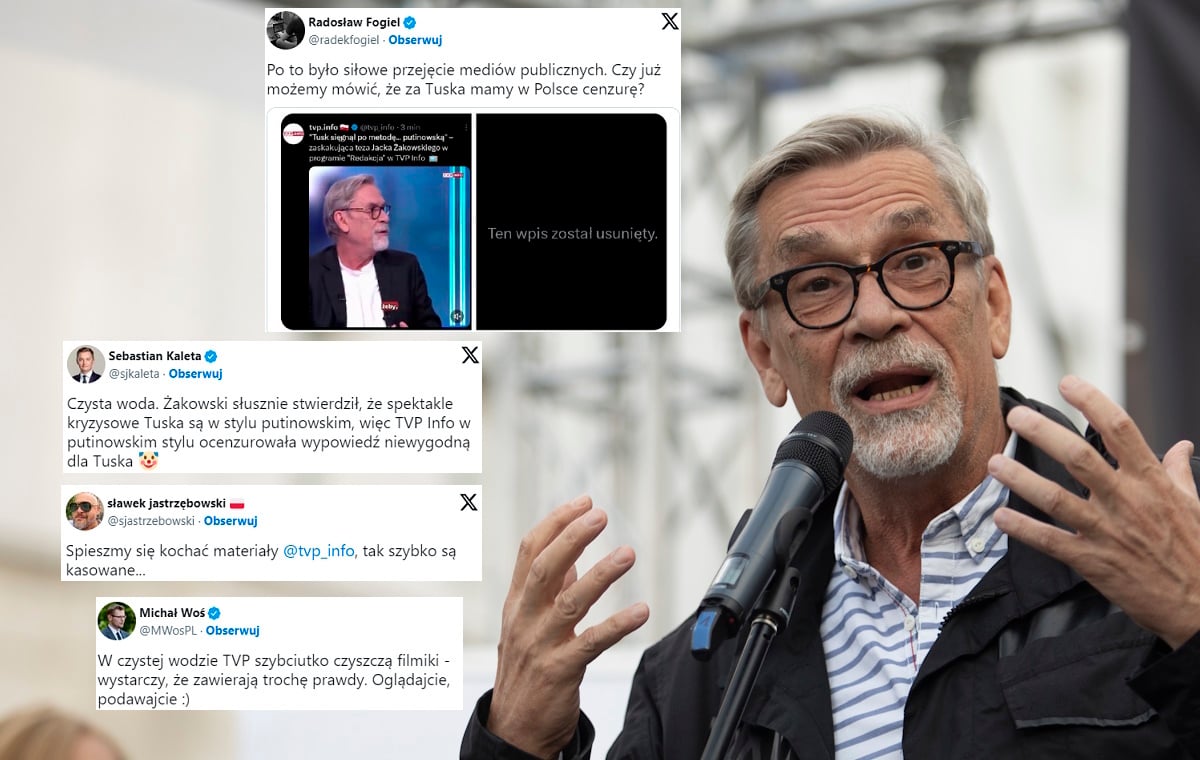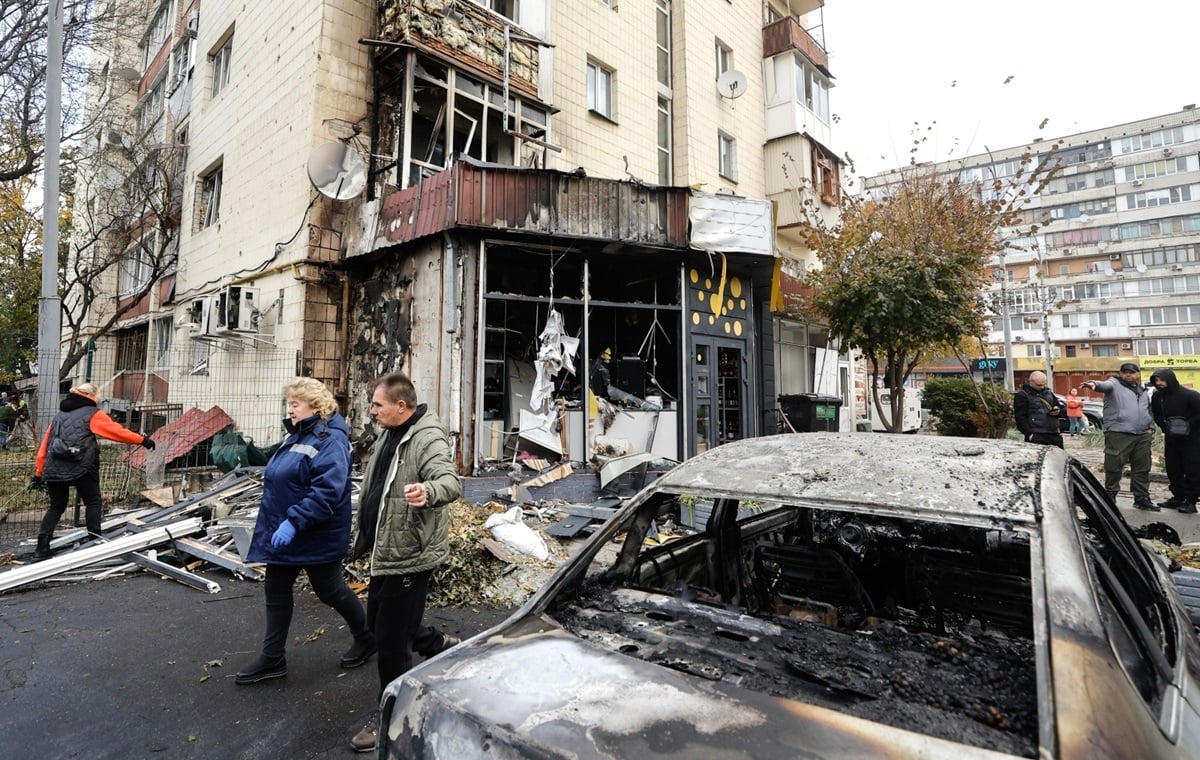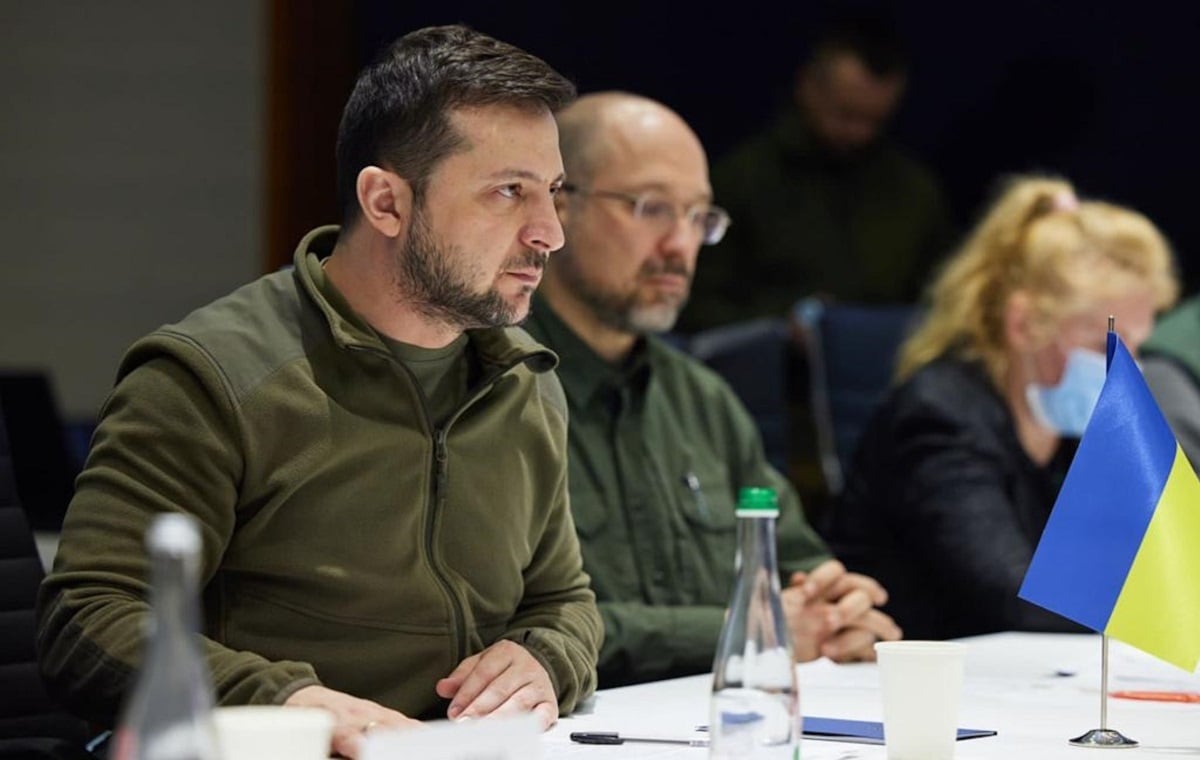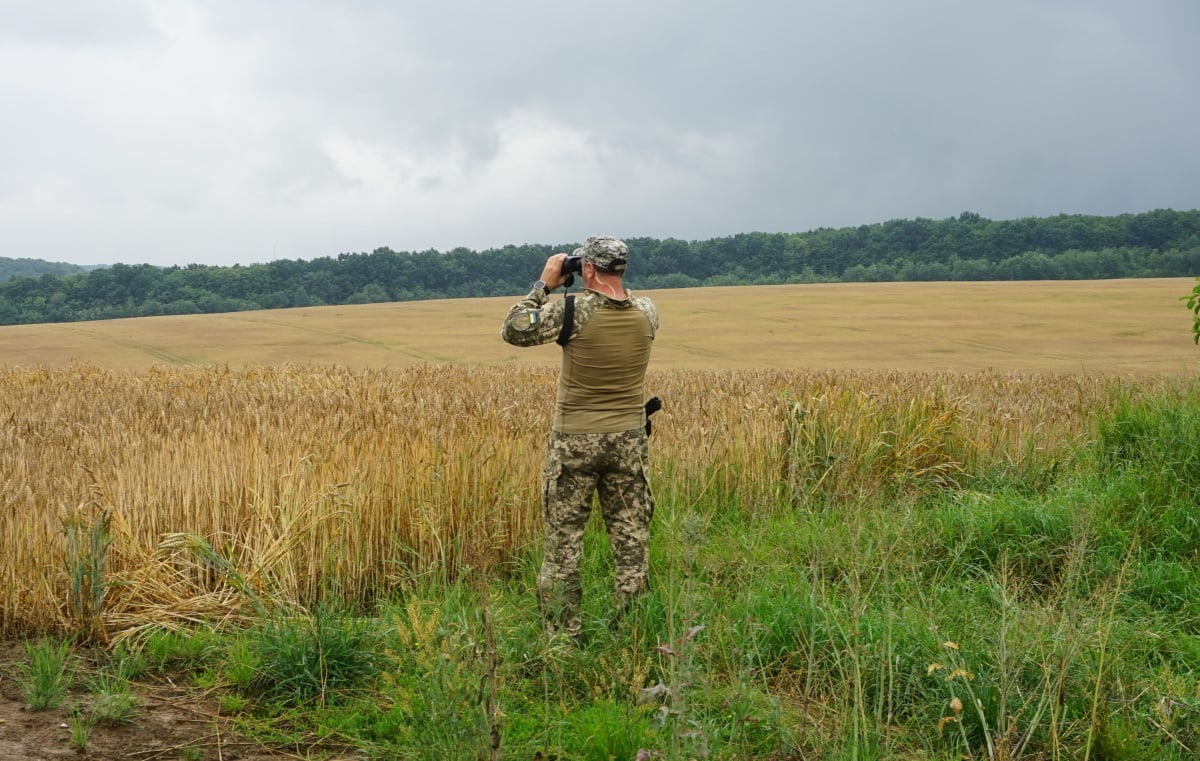The exhibition “More important than life: The Underground Archives of the Warsaw Ghetto” will be presented in Munich from Thursday. The Ringelblum Archives tell the story of the fate of the Jews in the ghetto through the eyes of the Jews themselves, namely the victims, Monika Krawczyk, director of the Institute for Jewish History (ŻIH), told PAP. We present the original material in the center of the city, which is actually the seat and perhaps even the cradle of Nazi Germany’s ideology, he stressed.
The priceless collection included in UNESCO’s Memory of the World list will be presented outside Poland for the first time on such a scale. The documents composing it, kept at the Emanuel Ringelblum Institute of Jewish History in Warsaw, are being used in the exhibition “More important than life: The Underground Archives of the Warsaw Ghetto”, which will be exhibited from Thursday at the Documentation Center for the History of Nazism in Munich, JHI informed.
“The Ringelblum Archives are a collection of documents collected and created in the Warsaw Ghetto under German occupation during World War II. What is unique about this collection is that it tells about the fate of the Jews in the ghetto through the eyes of the Jews themselves, namely the victims. It presents the situation , told by those who suffer” – Krawczyk told PAP.
“The second problem that is clearly outlined is the following: the idea of this group of Jewish intellectuals was to document the everyday life of individual situations in the streets of the city, but because it was a German global plan that took place in many places in the east , such as Treblinka, Sobibór , Bełżec, and also Ponary in Vilnius, they started to develop a plan to cooperate with the Polish underground to warn the world” – stressed the director of the Institute of Jewish History .
“They made a report based on their findings and sent it west: to London via a Polish underground courier. The Polish government in exile tried to interest the Allies in this genocide. Unfortunately, nothing happened in connection with this. However, the whole situation indicated that the Jews They were passive about the Holocaust – they made an intellectual effort to document war crimes. This documentation is part of the civil resistance. This is the fundamental problem that we wanted to show at the exhibition in Munich” – said Krawczyk.
“We present the original in the city center, which was actually the headquarters and possibly even the cradle of the ideology of Nazi Germany before and during World War II, as a sort of revenge against Emanuel Ringelblum and his associates. There were about sixty of them (we only know the names thirty )” – emphasizes the head of the Institute.
“This exhibition was presented at the headquarters of our partner: The Historical Documentation Center of Nazism in Munich – the famous square where the Nazi parade was held during the Nazi era. The window of Hitler’s office faced this square. Now, through the same street window, you can see Munich Center, where our exhibition will be presented” – said Monika Krawczyk.
“I do not know whether this fact can be proclaimed as a certain moral victory of this group, which only survived three people. But it is a sign that their work was not in vain and today is a universal calling and illustration that the Slogan +No more wars+ should be literally means no war. Knowing the current situation in Ukraine, we also see that the need and awareness to document war crimes is a universal necessity,” the director said.
“To be sure, the story of Emanuel Ringelblum and his group, which operates under the code name +Oneg Szabat+, is not widely known in Germany, because in Germany little is known about the German occupation of Poland. Will this exhibition be a breakthrough? This should be a breakthrough, but we don’t know what the range of information that will be disseminated in Germany will be: will it be another exhibition that will simply be noted, or will it actually have a meaning that will stimulate broader reflection on Germany’s role as an actor? The Holocaust and the suffering of Polish citizens in our country, of course, we hope so and we do everything to make it as wide as possible” – the interviewee assured PAP.
“The exhibition in Germany mirrors our existing permanent exhibition in Warsaw, at our headquarters at 3/5 Tłomackie Street” – he added. “The exhibition was recently visited by the German Minister of Culture, Mrs. Claudia Roth, during a visit to Warsaw. Previously, as part of the celebrations for the 80th anniversary of the Warsaw Ghetto Uprising, she was personally visited by the First Lady of Germany, wife of President Steinmeier, Elke Buedenbender The German Embassy in Warsaw often takes us Also, Mr. Uwe Neumaerker, who is in charge of – note bene slow – the construction of the Berlin monument to the victims of the German occupation of Poland also visited us twice. So the German intellectual and political elite knew about this exhibition, which soon we will open in Munich ” – added Krawczyk.
“I think they see the value and importance because they’ve emphasized it over and over again, talking about certain innovative and different perspectives,” he said. “The image of the Holocaust is usually seen through the lens of a German soldier’s camera, i.e. the perpetrators. And the Jewish community is shown by way of German propaganda in the interwar period and then, during the war, talking about the Jewish people. So these are some of the strange situations in which these people humiliated, presented in a caricature, dehumanizing way, and we show that these images are not true.
“They are not +subhumans+. They are educated people, working for society, Polish patriots. Most of the material is written in Polish. It is their native language, in which they feel best, that is why they write diaries in this language This exhibition allows you to learn about the extermination of Jews and the German occupation, and how it was felt by the Jewish community” – said Monika Krawczyk, director of the Institute of Jewish History in an interview with PAP.
From Berlin Berenika Lemańczyk (PAP)
bml/adj/

“Reader. Future teen idol. Falls down a lot. Amateur communicator. Incurable student.”

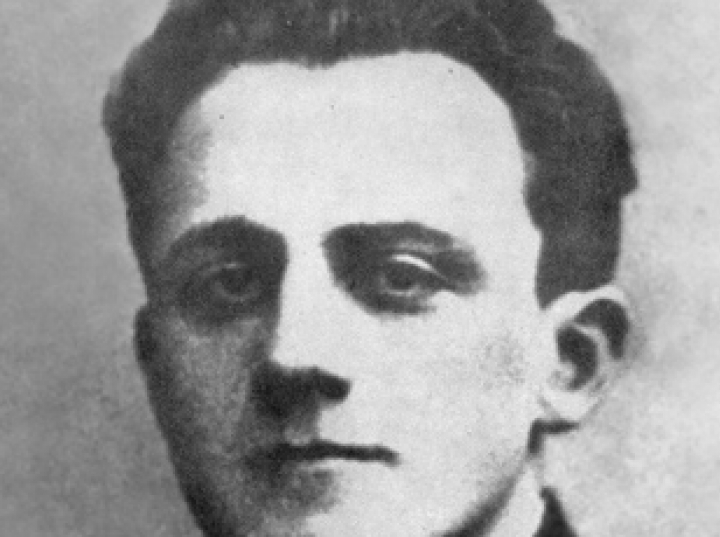
![Bogusław Wołoszański: “Achieving nuclear weapons would be the beginning of World War III” [WYWIAD]](https://storage.googleapis.com/bieszczady/rzeszow24/articles/image/877236c0-66fd-457a-9eb4-41792f9077ff)
